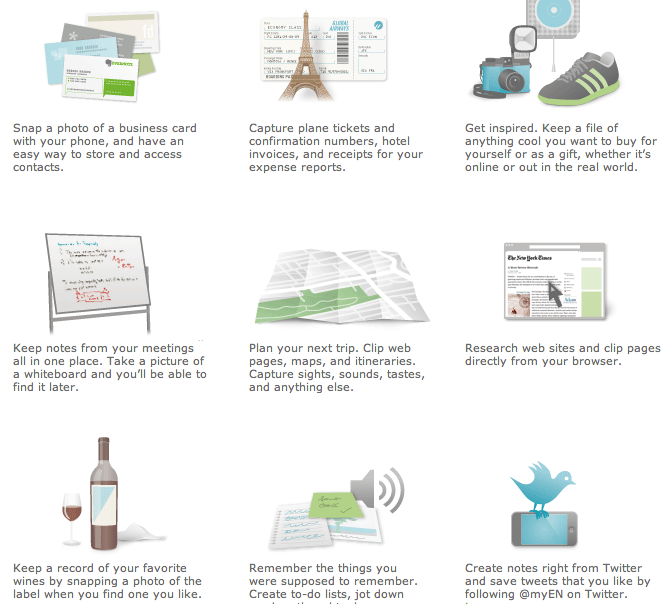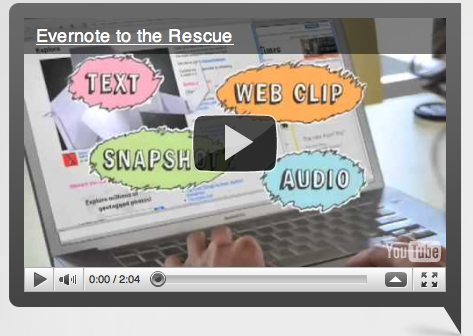One of the most useful handheld devices for learning is the iPod touch. Australian iPod touch guru Jenny Ashby shows how the tool can be used in the classroom:
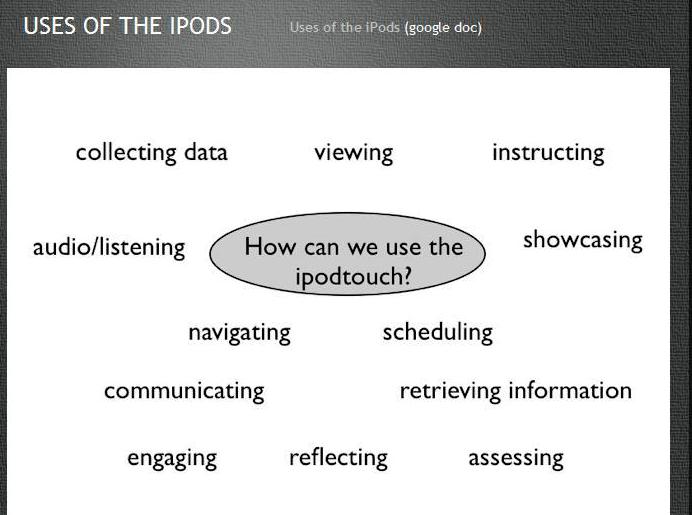
Jenny’s recent presentation “iPod iLearn” goes into more depth about how to set up, implement and use iPods in the classroom. Although Primary in focus, there is plenty for Secondary teachers to take from this presentation:
About a year ago, the Victorian Department of Education and Early Childhood Development (DEECD) produced an iPod Touch Research Report that includes the recommendations:
On Planning and Implementation
Develop technology projects that focus on the power of visual media and social networking, as they significantly influence literacy, numeracy and life chances for disadvantaged students.
Ensure that innovative projects using emerging technologies provide adequate time for teachers to become familiar with the devices and their functionality, prior to introduction and implementation in the classroom.
Identify clear, precise learning goals that support a culture of learning and skill development in the classroom, as essential for effective implementation of emerging technologies.
On Teaching and Learning
Promote mobile handheld devices, like the iPod Touch, that stimulate learners to want to learn and provide a means to pursue knowledge independently.
Introduce handheld mobile devices like the iPod Touch to support personalised learning and to assist literacy and numeracy in ESL, ‘at risk’ and reluctant learners.
Promote a limited number of handheld devices per class, as opposed to 1:1, to encourage teachers to engage with group work or team work as a successful pedagogy.
Introduce the iPod Touch to classrooms as a tool to stimulate teachers to rethink their pedagogy by considering how to integrate portable devices with learning functionality in curriculum activities.
Develop curriculum plans that involve greater learner autonomy and independence when using handheld mobile devices in the classroom.
Integrate mobile devices with other technologies (such as interactive whiteboards, laptops, Nintendo Wii) for purposeful learning in the classroom, so they are not just add-ons.
On Professional Learning
Provide greater access to well-structured professional learning sessions to promote widespread teacher ICT capacity and confidence.
Promote online collaboration as an effective mode of teacher networking for sharing knowledge and the transfer of good practice.
On Technical Support
Include a budget item for DEECD technical support at the school or cluster level to better support emerging technology projects.
Conduct a technical needs analysis, prior to project start-up, of issues that may impact on successful implementation of innovative projects.
Provide one identified technical conduit within the ITD Branch of DEECD for critical issue liaison involving emerging technology projects.
If you decide to investigate using the iPod touch, or are already using them, then the blog post “50 educational apps for the iPod touch” by U Tech Tips will prove useful.
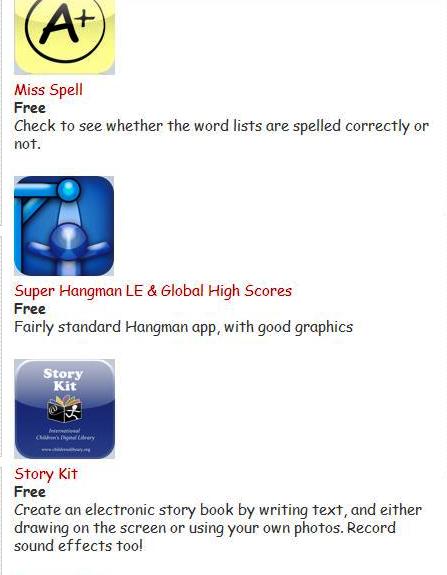
And thanks to @AuntyTech, here is another list of over 170 iPod touch or iPhone apps (beware that some do cost) that keep students connected to the classroom, no matter where they are:
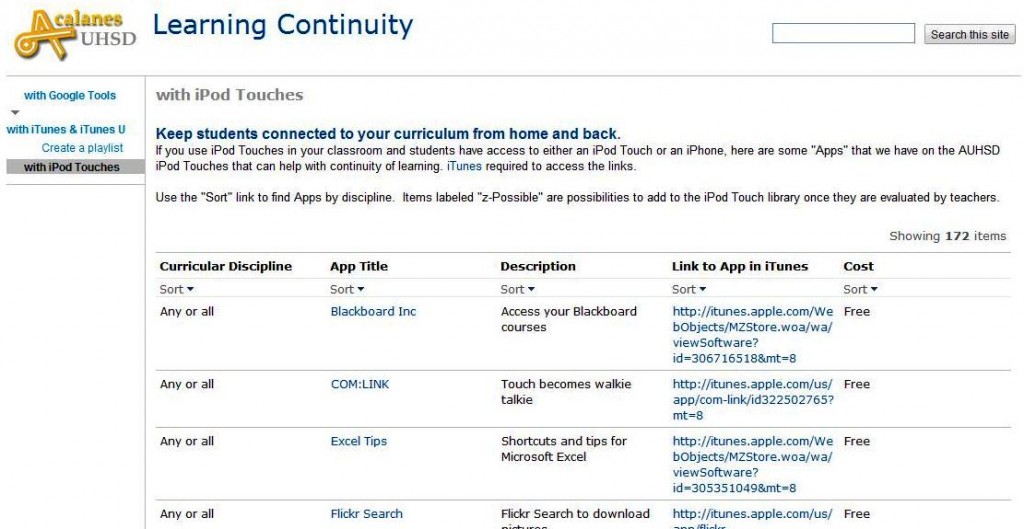
The beauty of iPod touch apps (applications = programs) is that there are many that are free and quite a lot that can be used in educational settings. The iPod touch has the potential to become a revolutionary tool in the classroom.


